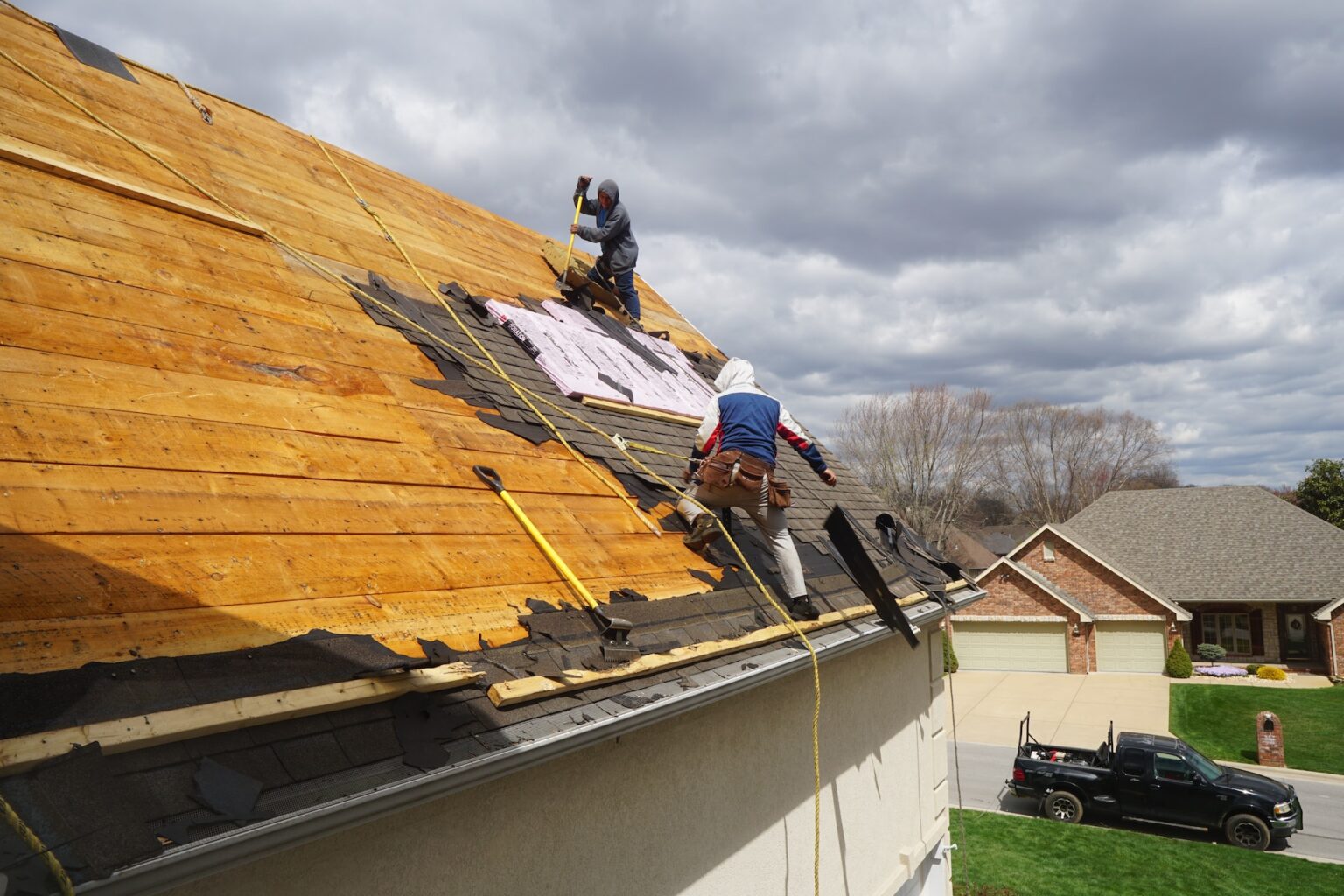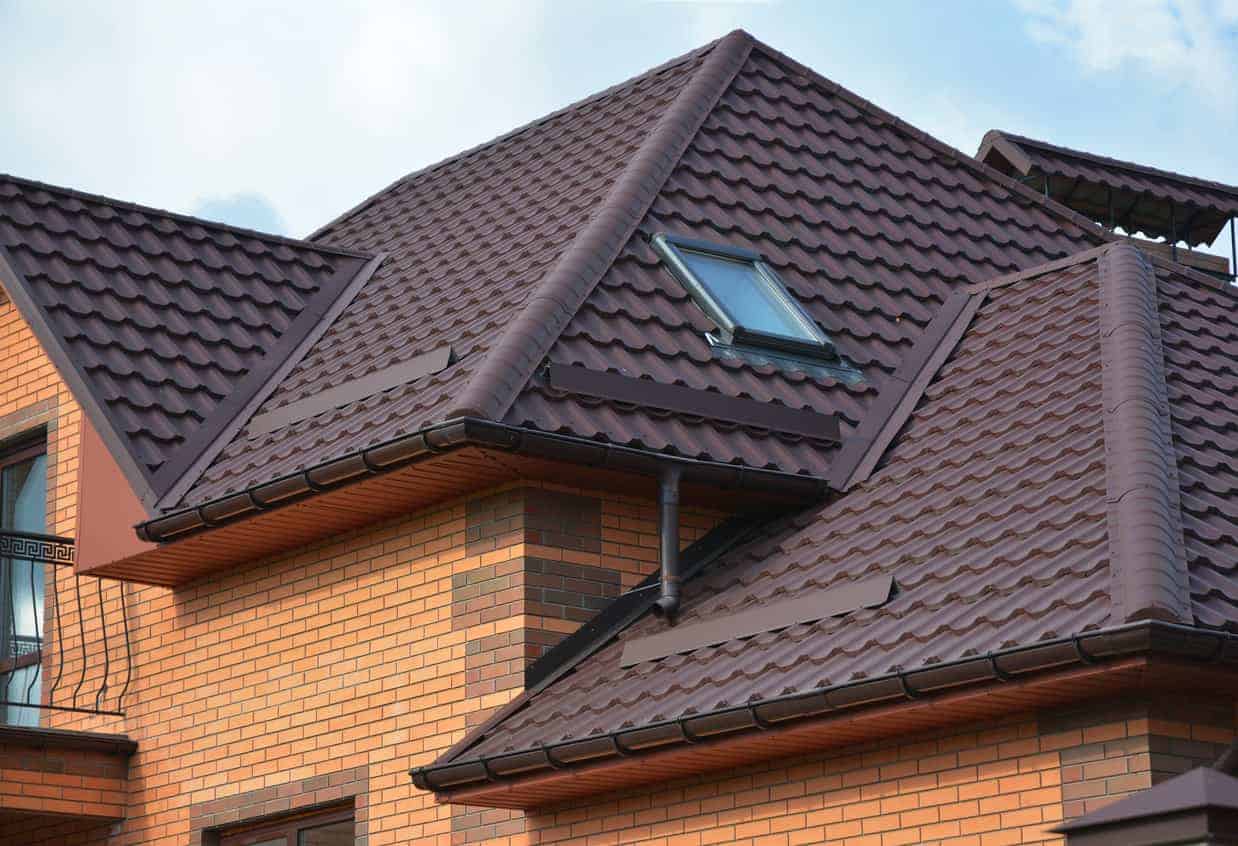The Right Roof for Hurricane Season
The experts at Colorado State University and Accuweather are predicting this year’s hurricane season to be above-average. There’s always a chance one of those major hurricanes could hit the Florida coast, so it’s important to be prepared. Let’s start with your roof.
How much wind and rain can a roof withstand?
To determine how much wind and rain your roof can withstand, you need to know what materials were used to build your roof and the shape and slope of the roof. What roofing materials, shapes, and slopes are best equipped to withstand hurricane-force winds and rain.
Asphalt Shingles
Asphalt shingles are a popular roofing material because of their affordability and appealing look. They can withstand winds up to 110mph, the average wind speed of a Category 3 hurricane. While the shingles are susceptible to blowing away, they are lightweight and easy to work with and can easily be replaced after the storm.
Metal
Metal roofing is an ideal option for hurricane resistance. Metal roofs are long-lasting, durable, and have no shingles that could be blown away in a storm. This roofing material can withstand winds up to 160mph, meaning it would be able to hold in a Category 4 hurricane.
Tile
For Florida homeowners, tile roofing is an extremely popular roofing choice because the tiles can withstand 100-plus mph winds, while also standing up to the Florida heat. Clay and concrete tiles are proven to have a high resistance to severe storms and hurricane-force winds. If the tiles are damaged in the storm, they can sometimes be repaired without having to install new ones.
Roof Shape
When it comes to wind resistance, the shape of your roof matters. The shape of the roof can mean the difference between a roof taking the full force of high winds or minimizing the impact. If you are building a home, roofing professionals advise a hexagon or octagon shape with a multiple-panel roof (four or more) to reduce wind loads.
Roof Slope
A roof with multiple slopes that have right angles will perform better in high wind situations. For example, a hip roof, which has four slopes, will deliver higher wind resistance than a gable roof, which has two slopes. Gable roofs are more susceptible to winds hitting the flat, horizontal side of the home.
When preparing your home for hurricane season you’ll also want to:
- Clean gutters and downspouts.
- Trim overhanging trees near your home.
- Check for any damaged or missing shingles and get them replaced.
- Install hurricane straps.
- Have a professional inspect your roof.
We are only a month away from hurricane season, and Epic Roofing and Exteriors want to make sure your roof is prepared. Call us today and have one of our roofing experts inspect your roof to make sure everything is in order for when hurricane season comes!



